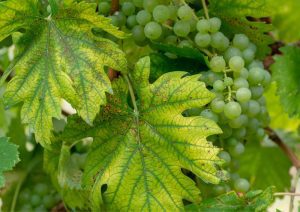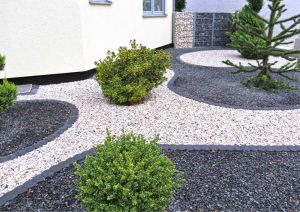It’s always a good idea to move your more delicate plants indoors during the winter. You not only shelter your wards from the cold weather outside, but you also add a lovely touch of green to your home’s interior.
Often enough, however, pests will hitch a ride on your outdoor plants as you bring them in. Those tiny black bugs that find their way into your home with your plants in winter are called fungus gnats.

Getting Rid of Fungus Gnats
Fungus gnats look like fruit flies and they are just as harmless to people, but they are a terrible nuisance. They fly around the house, get in your face, or else fall into your drink.
Even worse, fungus gnat larvae will feed on plant roots and tissue, creating wounds that make your plant vulnerable to all sorts of secondary infections.
Don’t let an infestation get out of hand. When you start noticing them buzzing around your plants, it’s time to take action.
Here are a few remedies you might want to try for a bug-free winter this year.
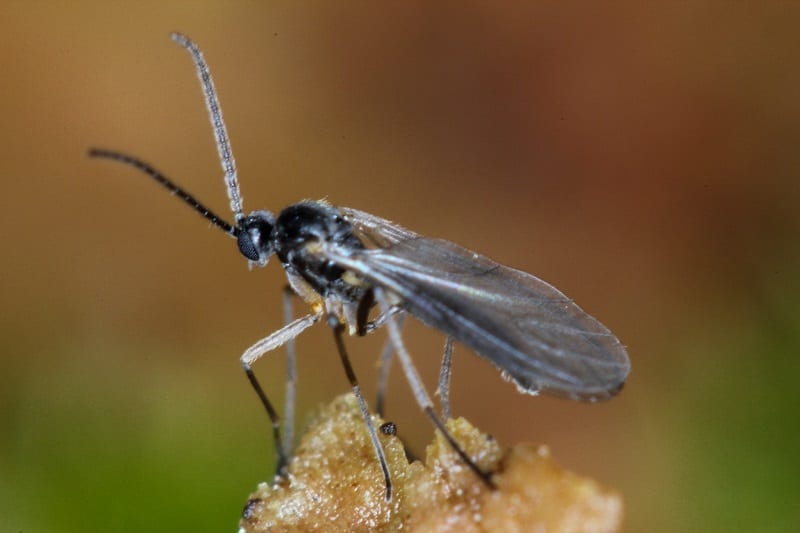
(Photo: Andy Murray/Flickr)
Allow the soil to dry out before watering again.
Because your plants require less water and fertilizer in winter, you can allow the soil to dry out completely before watering them again.
Fungus gnats thrive in rich, moist, dark soil. They’re likelier to breed and multiply when the soil is soggy and waterlogged.
Use less water on your plants. Make sure you’re not creating exactly the kind of moist environment the little bugs love.
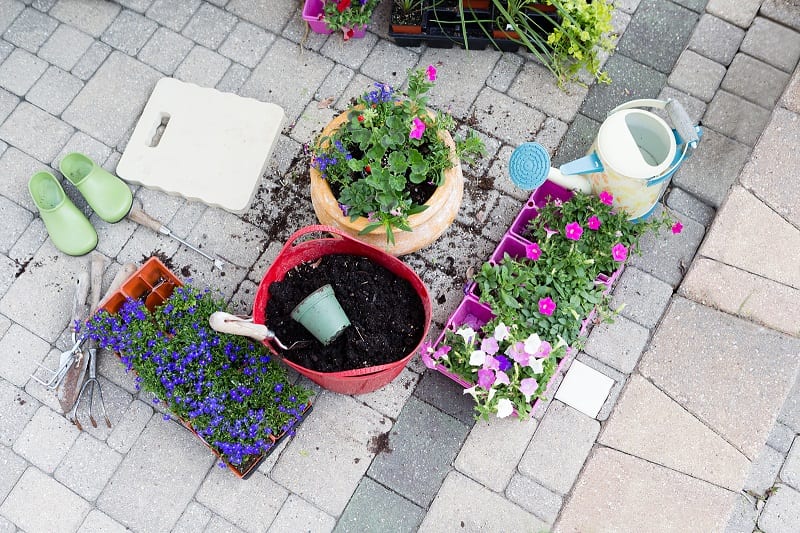
Re-pot infested plants.
If one of your plants is badly infested, you might be better off sacrificing that plant for the sake of your collection.
Fungus gnats will spread from one plant to another quickly. Be vigilant and decisive. If the infestation isn’t too bad, consider re-potting the plant.
To do that, simply remove the plant from its pot and use your fingers or a small brush. Gently dislodge as much soil as possible from around its roots. Give the roots a quick rinse and re-establish the plant in a clean pot with fresh potting soil.
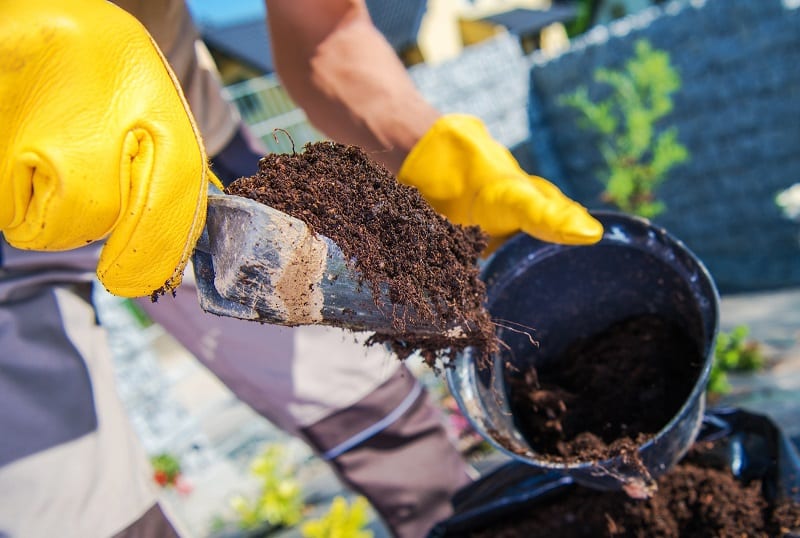
Use garlic to control the infestation.
Use a spritzer bottle and garlic water to douse plants before – or during – an infestation. The natural repellent in garlic makes it perfect for keeping pests off plants and potting soil.
Garlic water is simple to make and easy to administer. You can spray the mixture directly on vegetables or on flowering plants.
The Old Farmer’s Almanac suggests an even simpler method. Just bury a clove of garlic in the soil of an infected plant to eliminate fungus gnats. If the garlic begins to grow then simply give it a trim.
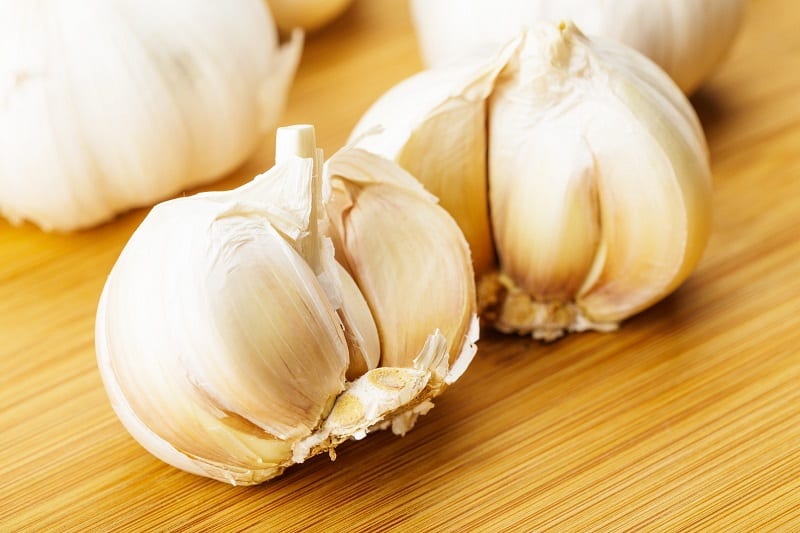
Use potato slices to kill gnat larvae.
Gnat larvae love raw potato, which makes potato slices an inexpensive way to measure the extent of the infestation and get rid of some larvae in the process.
Slice a potato to inch-sized blocks. Bury the pieces just beneath the soil surface. Wait 4 to 8 hours before you retrieve the chunks. If the infestation is heavy, the potato slices will be literally crawling with larvae. Throw away the potato slices to get rid of the pest larvae.

Make your own sticky traps with honey.
Sticky traps are among the best ways to control fungus gnat infestation. They are an effective alternative to chemical sprays and they are often non-toxic. You don’t have to buy them, either. You can make your own.
Cover a brightly colored price of cardboard with a thin layer of honey. Attach the card to a toothpick and place it on the surface of the plant soil. After the card begins to draw tiny black insects, dispose of it and repeat the process with a fresh trap.

Set an apple cider vinegar trap.
To make an apple cider vinegar trap, pour fresh apple cider vinegar into a jar or bowl with a wide rim. Cover the bowl in plastic wrap and poke small holes in the top of the plastic wrap.
The gnats will be attracted to the sweet smell of the vinegar. They will eventually find a way into the bowl, but they won’t be able to find a way out, according to Erin Boyle in an article for Gardenista.

Creating a Gnat-killing Regime
The fungus gnat life cycle is quick, and they can quickly take over your entire interior plants if they are left untreated.
Most of the fungus gnats are female and can lay up to 300 eggs in the crevices of the soil, and the fungus gnat eggs will hatch into larvae within six days
Don’t fret, though. Each of the different methods described above will yield varying degrees of success. But you can use a number – or all – of them in conjunction to create a regime to completely eradicate an infestation.
Preventive Measures Against Fungus Gnats
More than simply a nuisance, fungus gnats can harm your indoor plants by attacking the roots and spreading disease. An infestation can be stopped far more easily and with less disturbance than once it has begun. These are some workable methods to deter fungus gnats off your plants.
Inspect New Plants
Before bringing any new plants into your home, thoroughly inspect them for signs of fungus gnats. Look closely at the soil and the base of the plant for any larvae or adult gnats. Quarantine new plants for a few days to ensure they are pest-free before integrating them with your other indoor plants.
Maintain Clean Plant Areas
Keeping your plant areas clean is crucial in preventing an outbreak of fungus gnats. Remove dead leaves and debris from the top of the soil, as these can provide an ideal breeding ground for gnats. Regularly clean the pots and the surrounding areas to eliminate any potential gnat habitats.
Monitor Soil Moisture
Because fungus gnats like damp soil, controlling soil moisture can greatly lower the chance of an infection. Depending on the needs of each particular plant, vary your watering schedule and let the soil dry out in between. An often made error that might attract moisture-loving insects like fungus gnats is overwatering.
Use Appropriate Potting Mix
Using the right type of potting mix can help deter fungus gnats. Some potting mixes are designed to be less appealing to gnats because they drain better and dry out faster. Look for mixes with perlite or sand, which improve drainage and reduce the chances of creating the moist conditions that fungus gnats favor.
Regular Soil Checks
Regularly check the soil of your indoor plants for signs of fungus gnats, especially if you’ve had previous infestations. Use a magnifying glass to inspect the top layer of the soil for eggs or larvae. Early detection can prevent them from becoming a larger problem.
Improve Air Circulation
Increasing air circulation around your plants can help keep the soil from staying too moist and discourage fungus gnats from settling in. Use a small fan to gently circulate air in the room where you keep your plants. This not only helps with moisture control but also contributes to healthier plant growth.
Use Yellow Sticky Traps
Place yellow sticky traps near your plant areas to catch adult fungus gnats. These traps are coated with a sticky substance that gnats find irresistible. Monitoring these traps can also help you gauge the level of infestation and effectiveness of your other preventive measures.
Sand or Gravel Top Dressing
Applying a thin layer of sand or fine gravel on top of the soil can effectively discourage fungus gnats. These materials dry out quickly and create a barrier to female gnats looking to lay eggs. This method is particularly useful for houseplants that are susceptible to overwatering.
By adopting these preventive measures, you can create an environment that is less attractive to fungus gnats and protect your indoor plants from these pesky invaders.
Conclusion
Successfully removing fungus gnats requires consistent effort and a combination of strategies tailored to your specific plant care environment. Employ both preventive and active measures to ensure your indoor plants remain healthy and free of pests. With diligence, you can maintain a beautiful, gnat-free home that both you and your plants will appreciate.
We have more ways to control insect invasions. Check out our guide on fruit tree pests!

